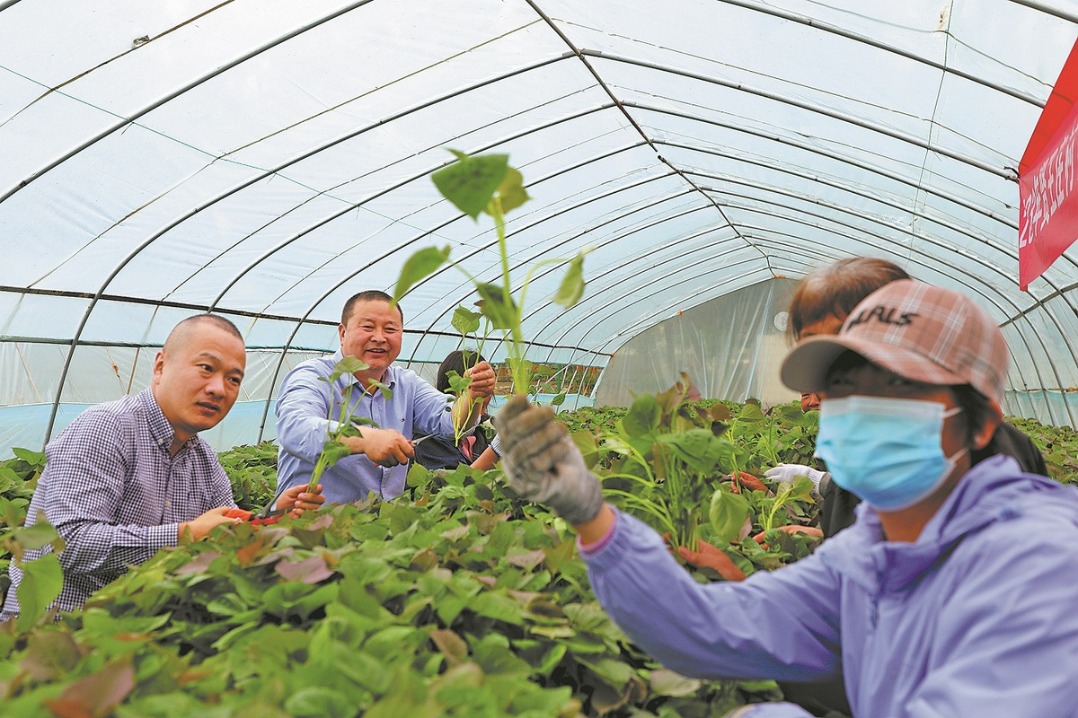Aging more advanced in Yangtze River Delta region


The latest official statistics showed that aging in the Yangtze River Delta region, the integrated development of which was elevated as a national strategy in November last year to boost vitality in the country's further opening-up, is more advanced than the national average.
The number of permanent residents aged 60 and above in the region was 45.9 million by the end of last year, accounting for 21.5 percent of its total population, which compared with 17.9 percent nationally.
Shanghai was ranked at the top while Anhui was the least advanced and closest to the national figure in aging among the four provincial-level regions within the delta area, according to statistics released by the Shanghai-based Joint Office of the Yangtze River Delta Region on Saturday.
Statistics concerning elderly care resources in the delta region were collected for the first time, the joint office said. There are so far 7,800 elderly care homes, providing 1.3 million beds in the region, and Anhui has the largest number of such facilities.
"The figures will provide important foundations for the design of social systems for providing care for the elderly in the region of integrated development," said Feng Jianguang, secretary general of the Elderly Care Association of the Yangtze River Delta Region.
The delta region, which is about the same size as Germany, encompasses Jiangsu, Zhejiang and Anhui provinces as well as Shanghai, and contributes roughly a quarter of the country's GDP and one-third of foreign trade and investment.




































